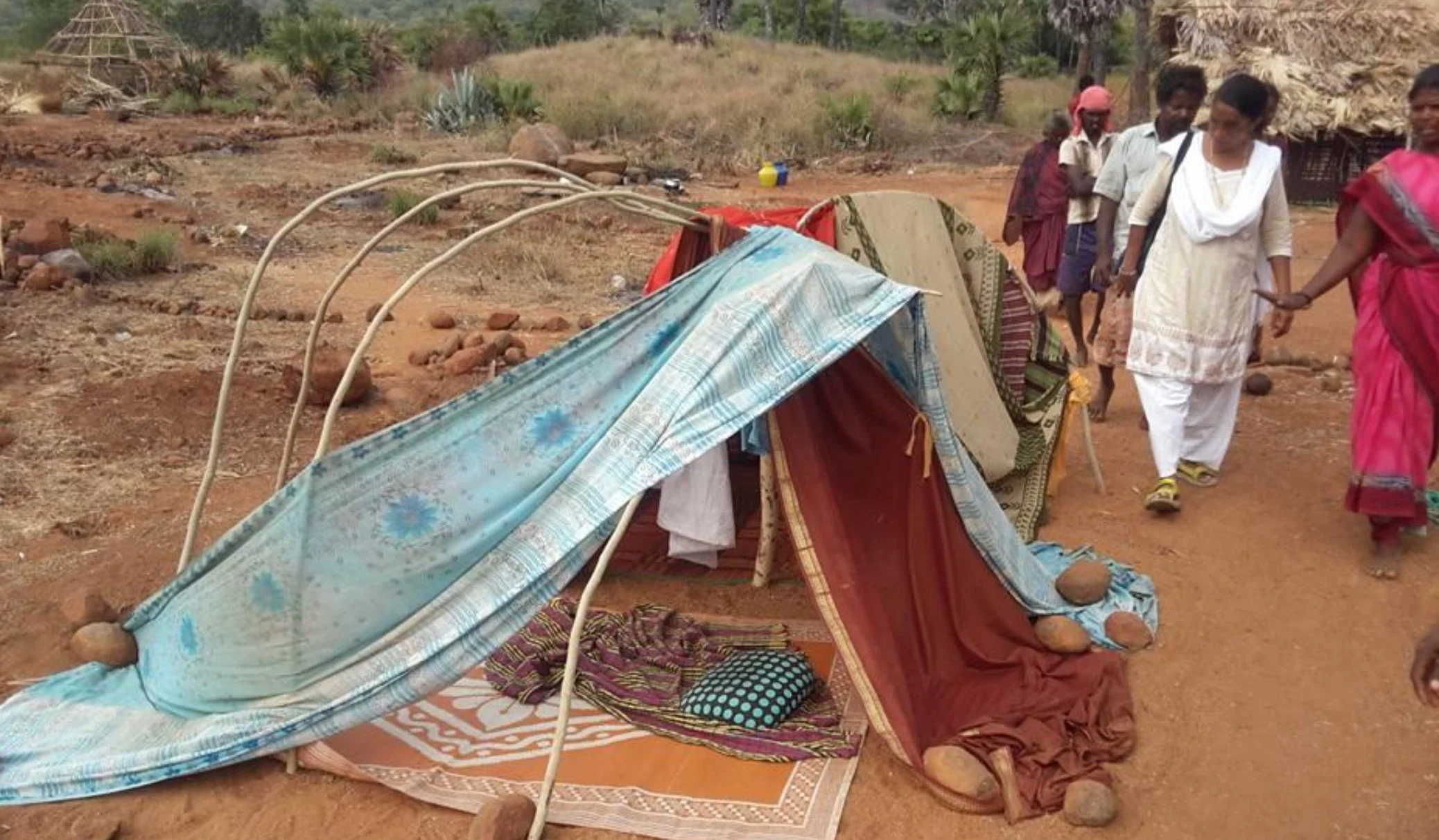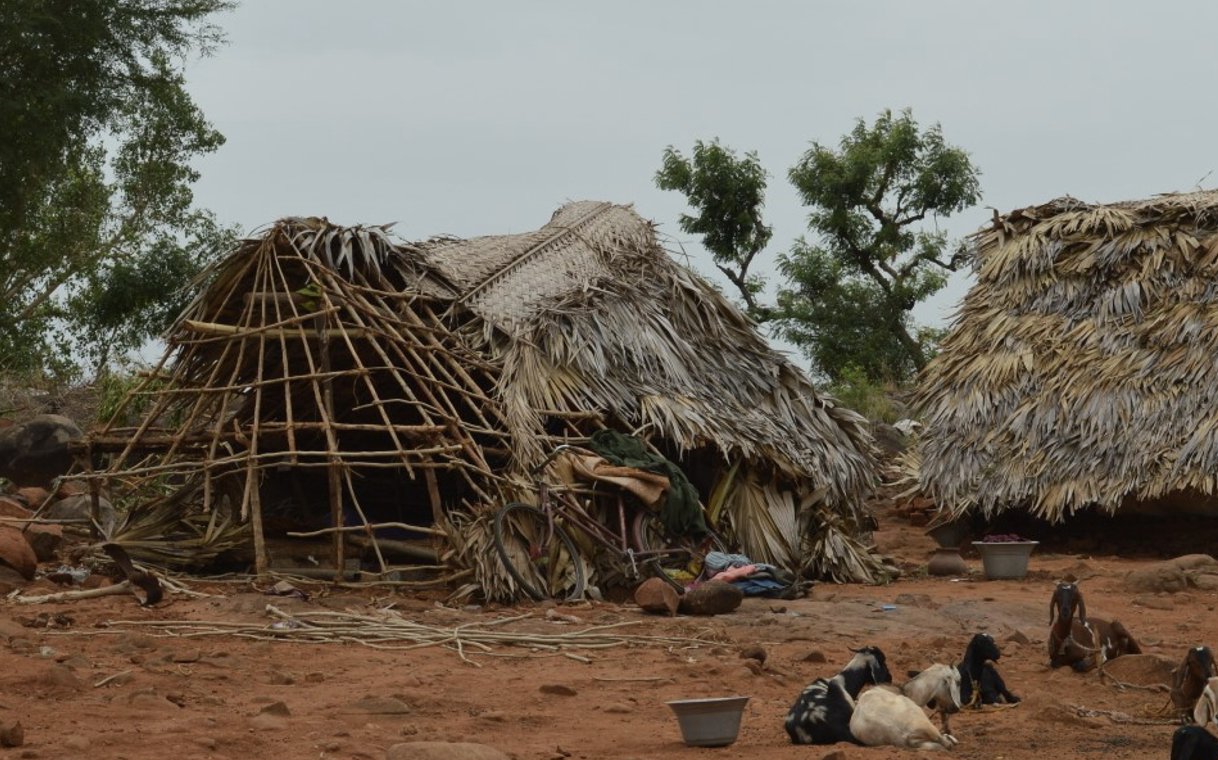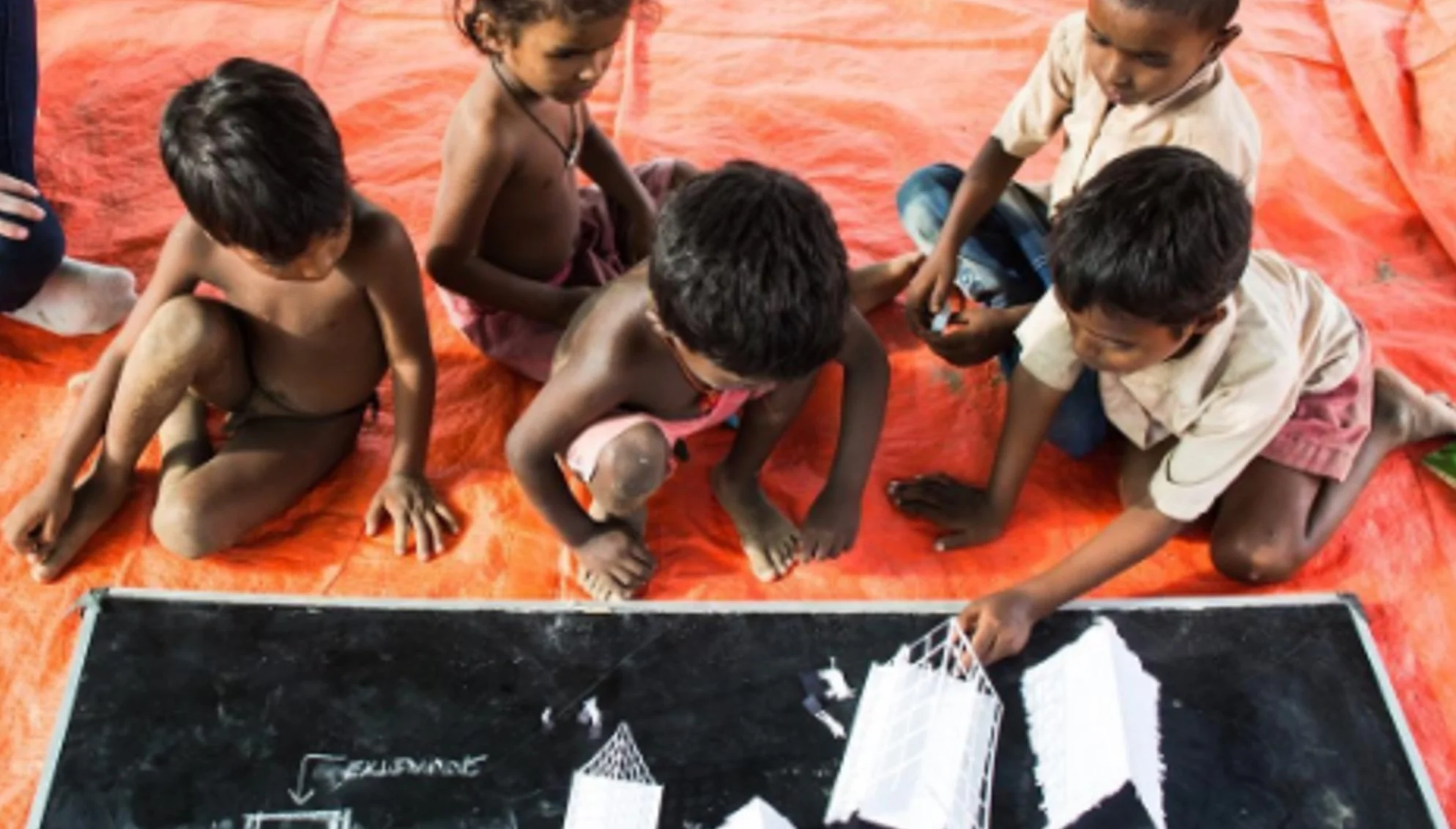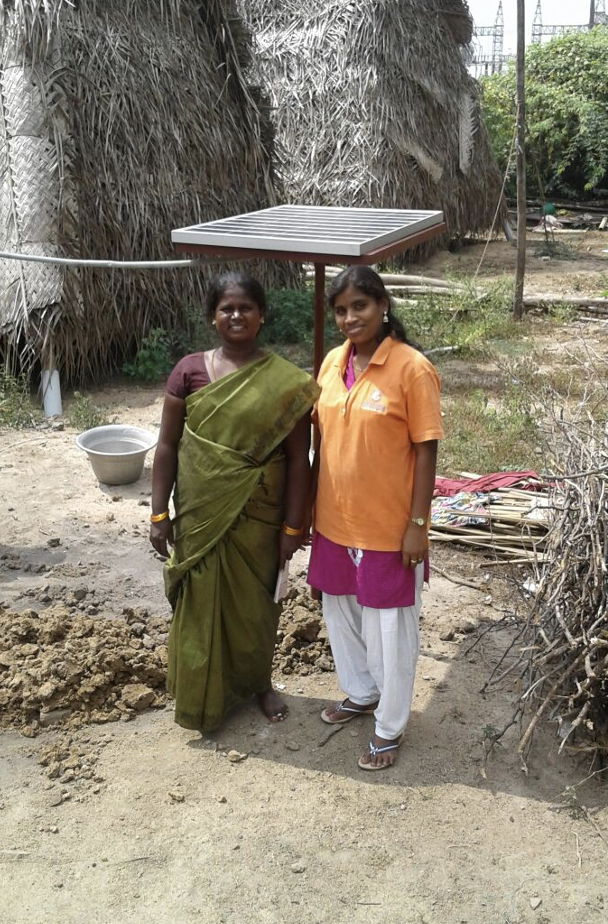Sustainable Homes
Before.
The Irular and Londor communities living in Tamil Nadu live in very poor living conditions. These communities in Tamil Nadu indeed face significant challenges, especially during the monsoon season. These communities often live in vulnerable conditions, characterized by inadequate housing, limited access to clean water, and poor sanitation facilities. The 2015 monsoon floods in Tamil Nadu had a devastating impact on many communities, including the Irular and Londor. The heavy rains submerged villages under approximately six feet of water, leading to significant loss of life and property.
Build it.
We decided to focus on the long-term resilience of the community by adopting
Community-Centric Approach: The project emphasized participatory collaboration, involving community members in the planning and rebuilding process. This not only empowered the residents but also ensured that the solutions met their specific needs and preferences.
Sustainable Homes: By using local materials, the homes were designed to be more environmentally friendly and culturally appropriate. This approach helps reduce the carbon footprint and supports local economies.
Solar Power Integration: Incorporating solar energy solutions helps provide reliable and clean energy to the homes. This is crucial for improving the quality of life and enabling various activities, such as education and small businesses, which can thrive with better access to electricity.
Partnerships: Collaborating with organizations like Care Foundation and My Name is Kumar, along with the expertise of architect Juan Carlos, brought in a wealth of knowledge and resources. These partnerships were essential for ensuring the project’s success and sustainability.
After.
In 3 months, the community felt like rockstars in their own community living in their own homes designed, built and solar powered by them. The long term impact on the community led to
Improved Living Conditions: Rebuilding the homes provided safe and stable living conditions, significantly enhancing the quality of life for the families involved.
Economic Opportunities: By using local materials and creating jobs for community members during the construction process, the project helped stimulate the local economy.
Resilience Against Future Disasters: The new homes are likely designed to be more resilient to flooding and other climate-related challenges, providing greater security for the residents.
Empowerment and Education: Engaging the community in the rebuilding process fostered a sense of ownership and pride, while also imparting valuable skills and knowledge for future projects.






